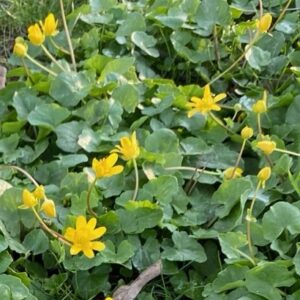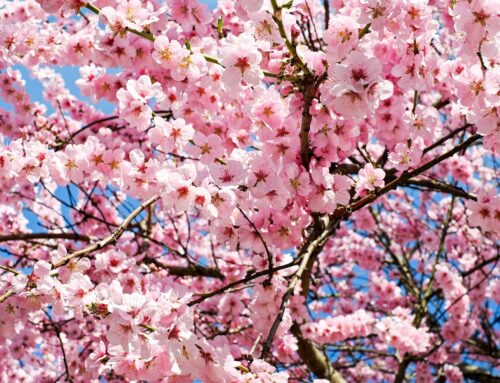By Russell M. Gullo
At first glance, lesser celandine (Ficaria verna) might seem like a relatively harmless weed in your yard. But don’t be fooled—this invasive weed is a serious threat to the health of your lawn. If you’ve spotted its telltale carpet-like patches, it’s time to act quickly and carefully.
Here’s everything you need to know about identifying, managing, and ultimately controlling lesser celandine in your lawn.
Why Lesser Celandine Is a Problem
Lesser celandine spreads aggressively through underground tubers and bulbils (tiny bulbs formed on the plant). It establishes dense mats that crowd out native plants and turfgrass, especially in moist, shady areas. Once it’s set in, it becomes extremely difficult to eradicate without the right approach. The plant also contains toxins and can be harmful to pets. And because it goes dormant in early summer, it often escapes notice until it’s too late.
Step 1: Correct Identification 
Before starting any control effort, be sure you’re dealing with lesser celandine. Look for:
- Shiny, dark green, heart-shaped leaves.
- Bright, star-like yellow flowers with 7–12 petals.
- Dense, low-growing mats, usually in moist soil.
- Presence mainly in early spring (March to May).
If you’re unsure, bring a sample into our garden center — we’re happy to help you ID it!
Step 2: Manual Removal (Best for Small Infestations)
For small patches, hand-pulling can be effective if done carefully:
- Wait for damp soil — it makes it easier to pull up all tubers.
- Use a weeding tool to dig under the plants and lift them completely out.
- Dispose of everything (plants, tubers, soil around roots) in a trash bag. Do not compost, as the tubers can survive and spread.
- Monitor the area for several seasons and remove any regrowth immediately.
Step 3: Herbicide Treatment (For Larger Areas)
When manual removal isn’t practical, a targeted herbicide application is the next best step. Unfortunately, selective herbicides (ones that kill weeds but not lawns, such as Weed B Gon or Weed & Feed don’t work):
- A glyphosate-based herbicide works best, which is the previous active ingredient in Roundup. Roundup changed their formula in 2023, and while the new formula is effective, it may require multiple treatments.
- Apply early in the growing season — before flowers go to seed but after plenty of leaves are out for maximum absorption (usually March or early April).
- Spray carefully to avoid harming surrounding lawn.
- Repeat applications may be necessary the following spring to catch any surviving tubers.
Step 4: Restore and Replant
After treating lesser celandine, reseed the area quickly or put down sod. Dense lawns help shade the soil and make it harder for lesser celandine or other weeds to reestablish.
A Few Important Reminders
- Timing is everything — once lesser celandine goes dormant, treatments become ineffective.
- Persistence pays off — control efforts often take several years.
- Stay vigilant — even small tuber fragments can lead to reinfestation.





